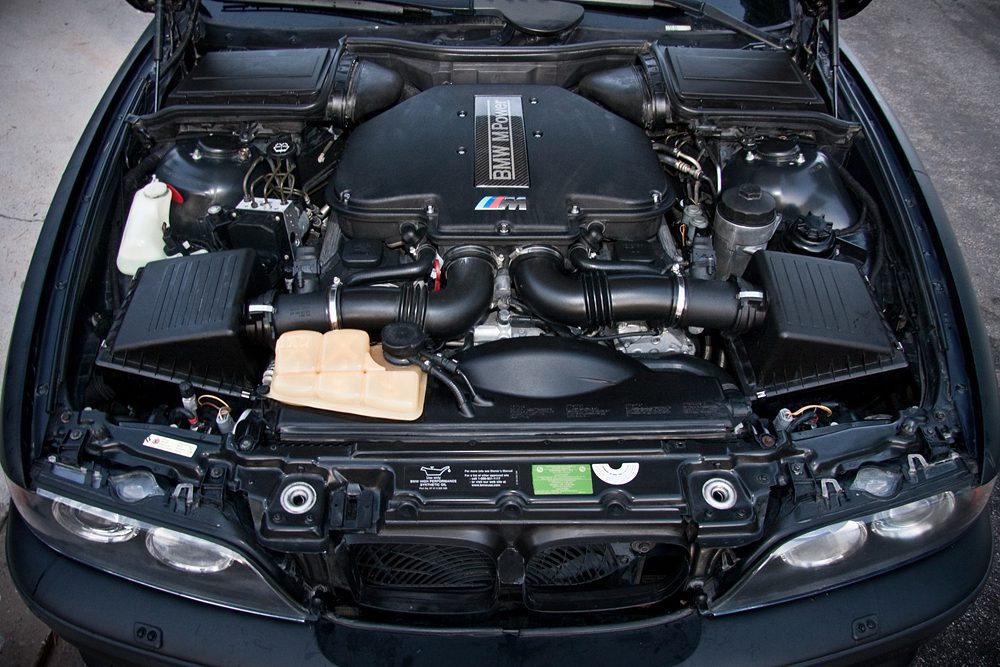Effective and Powerful Little Vehicle Motor Efficiency Evaluation
Examining the performance of little cars and truck electric motors is a nuanced task that requires a keen eye for information and a deep understanding of auto engineering principles. By checking out vital metrics such as horse power and torque, as well as evaluating fuel efficiency, we can uncover insights right into just how tiny vehicle engines can be maximized for peak efficiency.

Little Cars And Truck Electric Motor Efficiency Metrics
In assessing the performance of small car motors, essential metrics such as velocity, gas performance, and power result play a crucial role in identifying their total performance and suitability for various driving conditions. Acceleration, determined in secs from 0 to 60 miles per hour, indicates how rapidly a small automobile can reach higher speeds, which is vital for combining onto freeways or surpassing other cars. Fuel effectiveness, normally determined in miles per gallon (MPG), shows how far a tiny auto can take a trip on a gallon of gas, affecting running costs and environmental sustainability. Power result, shared in horse power (HP) or kilowatts (kW), represents the engine's ability to create the essential pressure to move the vehicle, affecting its performance in various roadway problems. By reviewing these performance metrics comprehensively, producers, chauffeurs, and auto fanatics can make enlightened decisions regarding the option and optimization of small vehicle motors to satisfy their certain needs and preferences.

Horse Power and Torque Analysis
With a basic duty in understanding small automobile electric motor performance, horse power and torque analysis gives understanding into the engine's power shipment features. In the context of little automobile motors, horse power is essential for identifying acceleration, leading speed, and general performance. By comprehending the partnership in between horsepower and torque, automobile engineers can optimize engine efficiency to meet the certain demands of tiny cars and truck applications.
Fuel Performance Evaluation
The analysis of fuel effectiveness in tiny car motors plays an essential role in identifying their environmental and economic effect. In tiny vehicle motors, where portable size typically associates with far better fuel economy, different variables affect performance.
To assess gas efficiency, metrics such as miles per gallon (MPG) are frequently used. This dimension indicates the distance a vehicle can travel per system of gas. Little auto electric motors that accomplish higher MPG rankings are taken into consideration more fuel-efficient, leading to cost savings for chauffeurs and decreased discharges that profit the atmosphere. Producers continuously aim to improve gas efficiency through developments in engine technology, lightweight products, and wind resistant layouts.

Optimizing Tiny Automobile Engine Efficiency
Enhancing the efficiency of little car engines is vital in maximizing efficiency and minimizing operational costs. Optimizing tiny cars and truck engine efficiency includes an all natural strategy that considers numerous factors such as engine style, gas management systems, and useful site total vehicle dynamics.
An additional essential factor in maximizing little automobile engine performance is the application of sophisticated technologies such as turbocharging or hybrid systems. These modern technologies can improve power outcome without endangering fuel performance, supplying an equilibrium between efficiency and economic climate. Additionally, maximizing engine performance additionally includes boosting combustion effectiveness, decreasing frictional losses, and enhancing thermal monitoring systems.
Future Trends in Small Car Motors
Due to progressing automobile modern technologies and the continuous quest of optimum small cars and truck engine efficiency, an exploration of future patterns in tiny vehicle electric motors comes to be essential - opel corsa engine. One noticeable trend coming up is the enhancing combination of electric powertrains in tiny cars and trucks. As the automotive industry shifts in the direction of sustainability and lowered emissions, more small car suppliers are spending in electrical motor innovation to improve effectiveness and ecological friendliness
An additional substantial fad is the development of smaller yet more powerful turbocharged engines for small cars. By downsizing engine abilities and including turbocharging innovation, automakers can achieve higher power results while keeping gas performance. This fad straightens with the expanding customer need for little cars and trucks that deliver a dynamic driving experience without endangering on fuel economy.
Furthermore, the development of hybrid powertrains in tiny cars is anticipated to obtain grip in the future. Hybrid systems provide the benefits of both inner burning engines and electrical motors, offering improved efficiency and gas effectiveness. As developments in battery technology continue, tiny cars and truck motors are likely to come to be a lot more efficient and effective, dealing with the evolving demands of consumers and regulatory needs for cleaner transport services.
Verdict
In verdict, the analysis of small automobile electric motor performance metrics such as horse power, fuel, and torque efficiency is crucial in enhancing engine efficiency. By assessing these factors, makers can improve the total effectiveness and power result of little car electric motors (opel corsa engine). Future fads in little car electric motors are most likely to focus on boosting efficiency while maintaining fuel efficiency, making sure that tiny automobiles remain to be a reputable and Look At This affordable choice for consumers
By checking out essential metrics such as horse power and torque, as well as reviewing gas effectiveness, we can reveal understandings into exactly how tiny car engines can be optimized for peak efficiency. Optimizing Learn More Here little cars and truck engine efficiency entails an alternative strategy that considers various factors such as engine design, fuel administration systems, and general lorry characteristics.In light of advancing automotive modern technologies and the continuous pursuit of optimal small vehicle engine efficiency, an expedition of future trends in tiny car electric motors ends up being essential.In final thought, the analysis of small cars and truck motor performance metrics such as gas, torque, and horsepower effectiveness is essential in optimizing engine performance. Future fads in tiny automobile electric motors are most likely to focus on enhancing performance while preserving fuel efficiency, ensuring that tiny automobiles continue to be a reputable and cost-effective selection for customers.